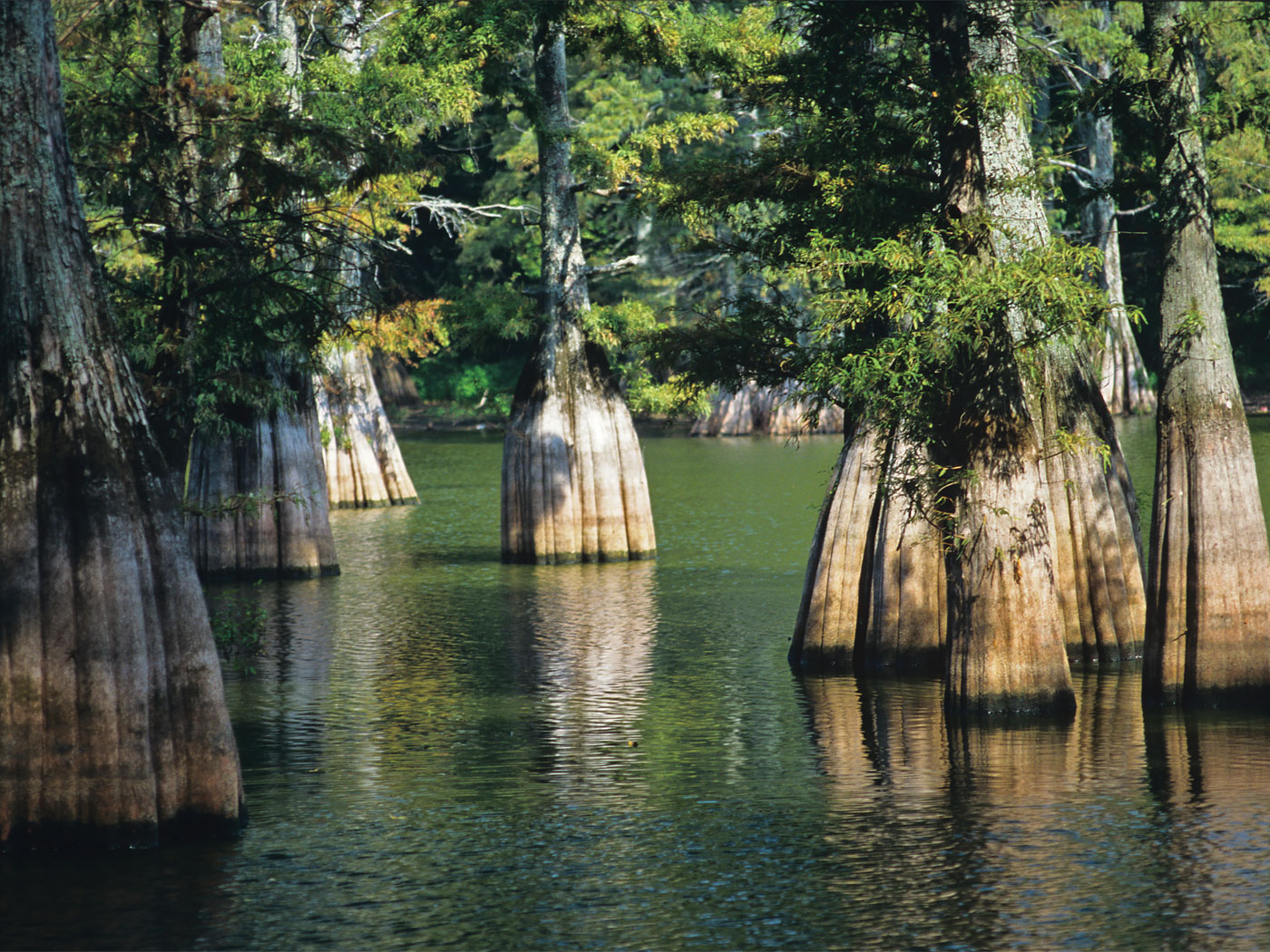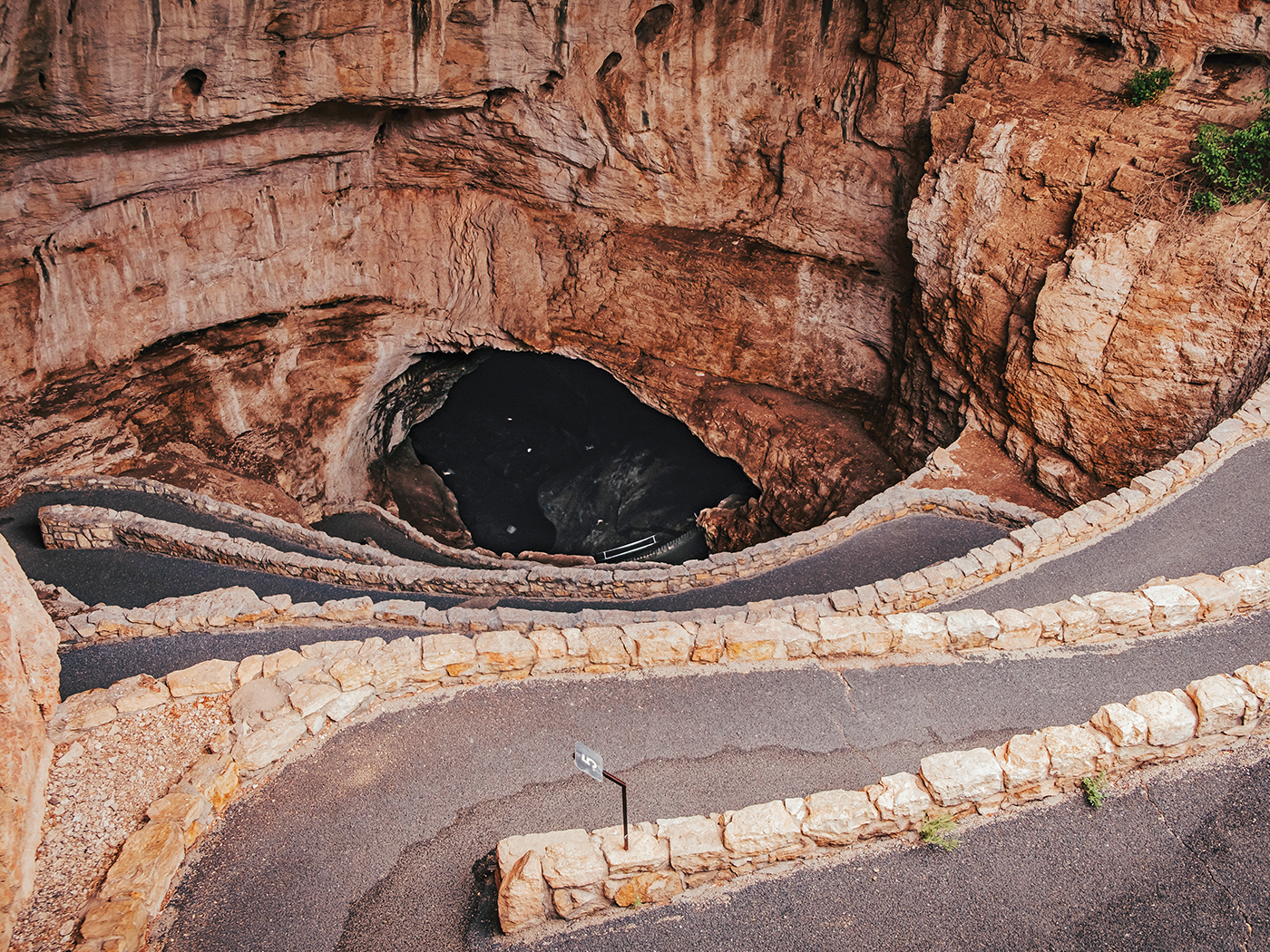From the tiny Chihuahua to the massive mastiff, the over 200 breeds of domesticated dogs come in a wide variety of different body sizes and proportions, hair lengths and textures, and demeanors.1 Evolution asserts that animals change through a gradual accumulation of mutations. But evidence shows that the wolf-to-dog transition occurred rapidly, according to pre-designed genetic potential and not mutations.
Mark Derr, author of a new book titled How the Dog Became the Dog: From Wolves to Our Best Friends, discussed on National Public Radio's program Fresh Air how human interaction may have domesticated wolves beginning in the Ice Age. Since dogs are smaller than wolves and have more varying proportions, coat colors, and other features, interviewer Dave Davies asked Derr, "So how could this association of wolves with humans lead to these physical changes?"
Derr replied:
Well, what happened was that you had populations of dog-wolves that became isolated from the greater wolf population and in doing so, they began to breed more closely—to inbreed as it were. And when you inbreed, you get genetic peculiarities that arise, and those peculiarities then begin to become part of the population…. In other words, a mutation will appear in a small population. If I don't want it, what I do is kill the animals so that they don't reproduce. If I do want it, I try to get them to reproduce.2
So, according to Derr, a certain "peculiarity"—for example, a curly tail—first arises by mutation. This mutation and its resulting trait are supposedly then concentrated into a distinct dog lineage by breeding the dogs that have it.
At first, this might sound reasonable, but a landmark study published in the journal Bioessays in 2009 told an entirely different story. Researchers artificially selected foxes for "tameability." Foxes were certainly part of the originally created dog kind, having been known to interbreed with coyotes, for instance. The experiment, which utilized Russian fox fur farms, began "about 50 years ago" and has produced scores of fox generations thus far.3
The researchers chose foxes that were the least aggressive and bred them. They chose 100 females and 30 males "as the initial parental generation for selection for tolerance of human or docility, then for tameability."3 Then, they used approximately the top 10 percent of the tamest offspring as parents for each next generation for dozens of generations.
"As a result of such a rigorous selection, the offspring exhibiting the aggressive and fear avoidance responses were eliminated from the experimental population in just two-three generations of selection," the study authors wrote.3
They didn't need thousands of years, just three generations. And at just the sixth generation, fox pups eagerly sought human contact, complete with wagging tails, "whining, whimpering, and licking in a dog-like manner."3
And amazingly, the tame foxes quickly acquired an array of traits shared by many domesticated mammals, showing that mutations were not involved. To show this, the authors compared the wild and domesticated horse, cow, sheep, pig, dog, and rabbit. The wild animals have similar and stable traits, including erect ears, straight tails, restricted breeding seasons, and uniform coat colors and body sizes. But the domesticated ones had such features as floppy ears, curled tails, spotted coat colors, variations in coat textures and lengths, variations in breeding time, and marked differences in skeletal size and proportion.
Surely, chance-based genetic mutations could never produce identical variations in so many different kinds of mammals. For this reason, the authors wrote, "Finally, it is difficult to interpret the changes in the domesticated foxes as a result of randomly arisen new mutations."3
Instead, changes in gene regulation must have caused these trait variations. That's not evolution by mutation, but variation by design. Thus, according to this research, dogs could have become "man's best friend" in three dog generations from a wolf ancestor simply by selective breeding in the recent past.
Editor's note: Regarding the interbreeding of foxes with coyotes, see Van Gelder, R. G. 1977. Mammalian Hybrids and Generic Limits. American Museum Novitates. 2365: 10. Van Gelder states:
Canis latrans X Vulpes vulpes was reported at Bridgeton, New Jersey. Mr. Henry Ricci, Curator of the Cohanzick Zoo at Bridgeton, has kindly provided me with the details: A male coyote born April 5, 1971, was donated to the zoo in August of that year by a returning soldier. It was at first housed adjacent to a young female American red fox (Vulpes vulpes) that had been born about the same time as the coyote. Eight months later the two animals were put in the same cage and were compatible. During the first and second weeks of February 1973, the animals were seen to mate and on April 9, 1973, the vixen gave birth to two male pups. They were left with the female who began to ignore them on April 12. One was found dead that morning. The second pup was removed and hand fed, but died the evening of April 12 "probably due to congestion and exposure" according to Dr. Ernest Zirkle, the zoo's veterinarian. Judging from photographs I have seen of the parents, there seems no reason to doubt their identification, nor does the appearance of the cage suggest entry by a local wild Vulpes male. The pups were preserved and are in the possession of Mr. Ricci and Dr. Zirkle.
References
- The American Kennel Club lists over 235 breeds, 173 of which are eligible to compete at AKC events. See the Complete Breed List posted on the American Kennel Club website at akc.org. Wikipedia includes over 500 breeds in its list of dog breeds posted on wikipedia.org.
- How Dogs Evolved Into 'Our Best Friends.' Fresh Air. National Public Radio. Transcript posted on npr.org November 8, 2011, accessed November 15, 2011.
- Trut, L., I. Oskina and A. Kharlamova. 2009. Animal evolution during domestication: the domesticated fox as a model. Bioessays. 31 (3): 349-360.
* Mr. Thomas is Science Writer at the Institute for Creation Research.
Article posted on November 18, 2011.
















